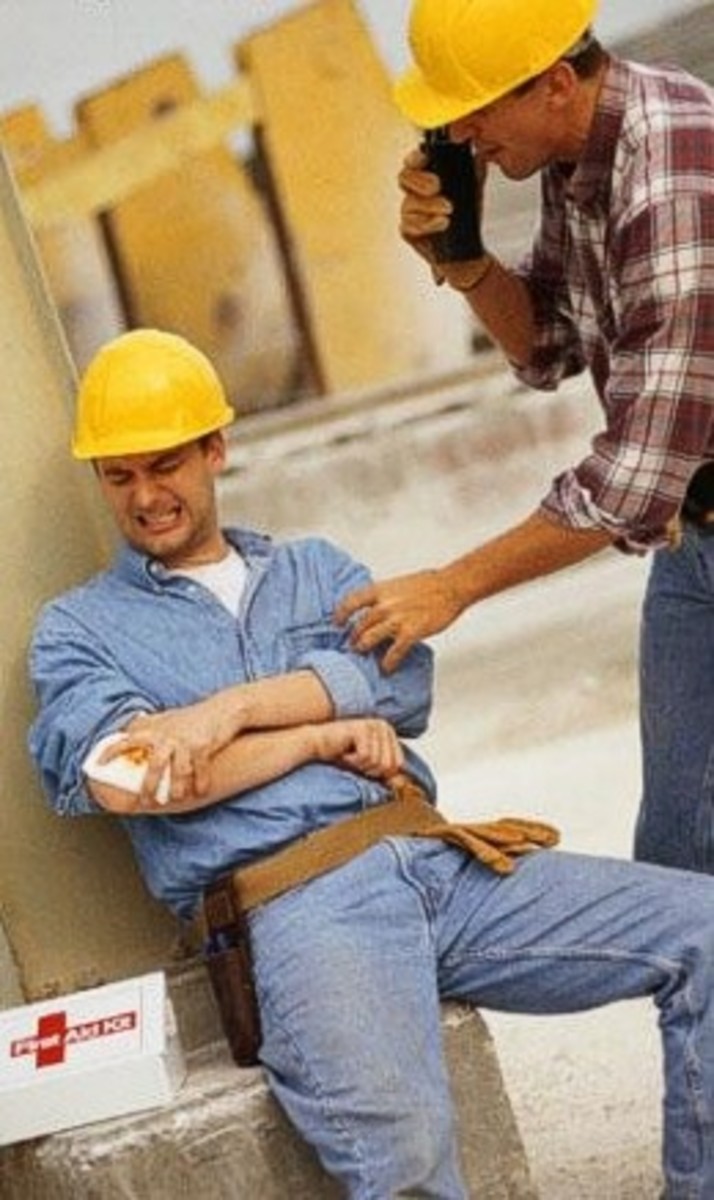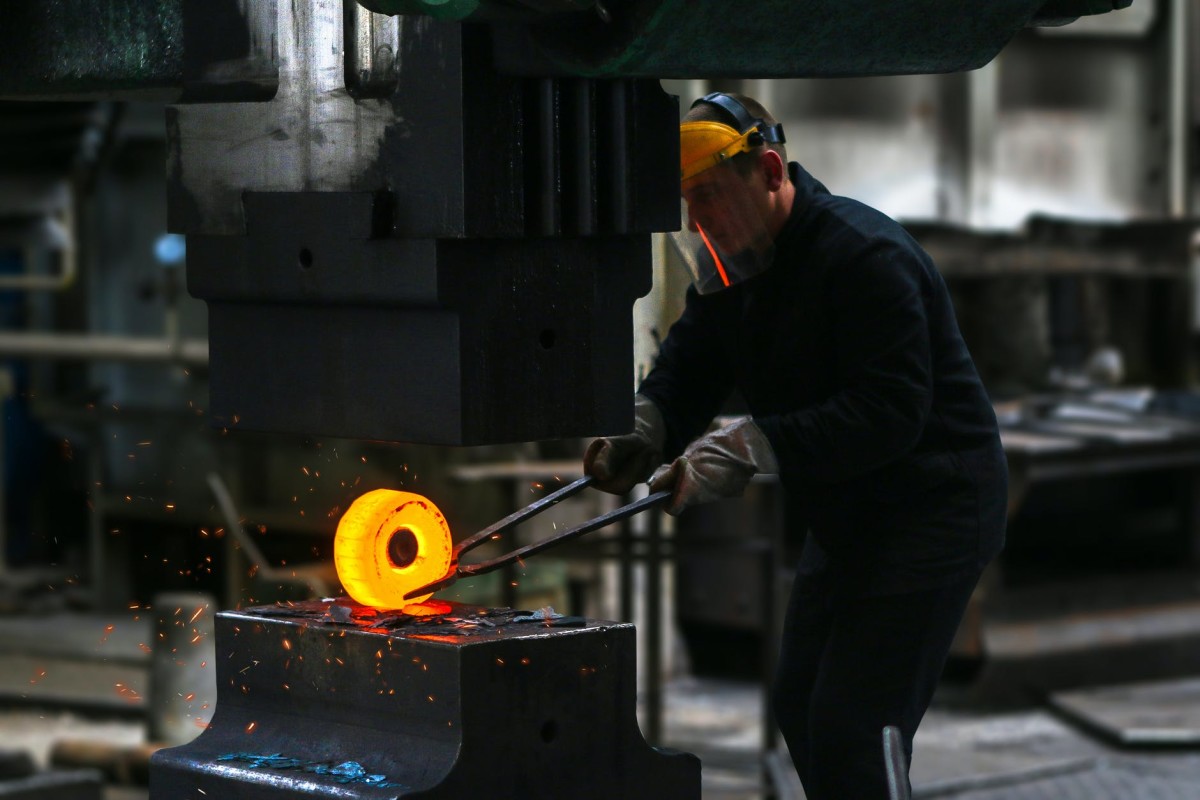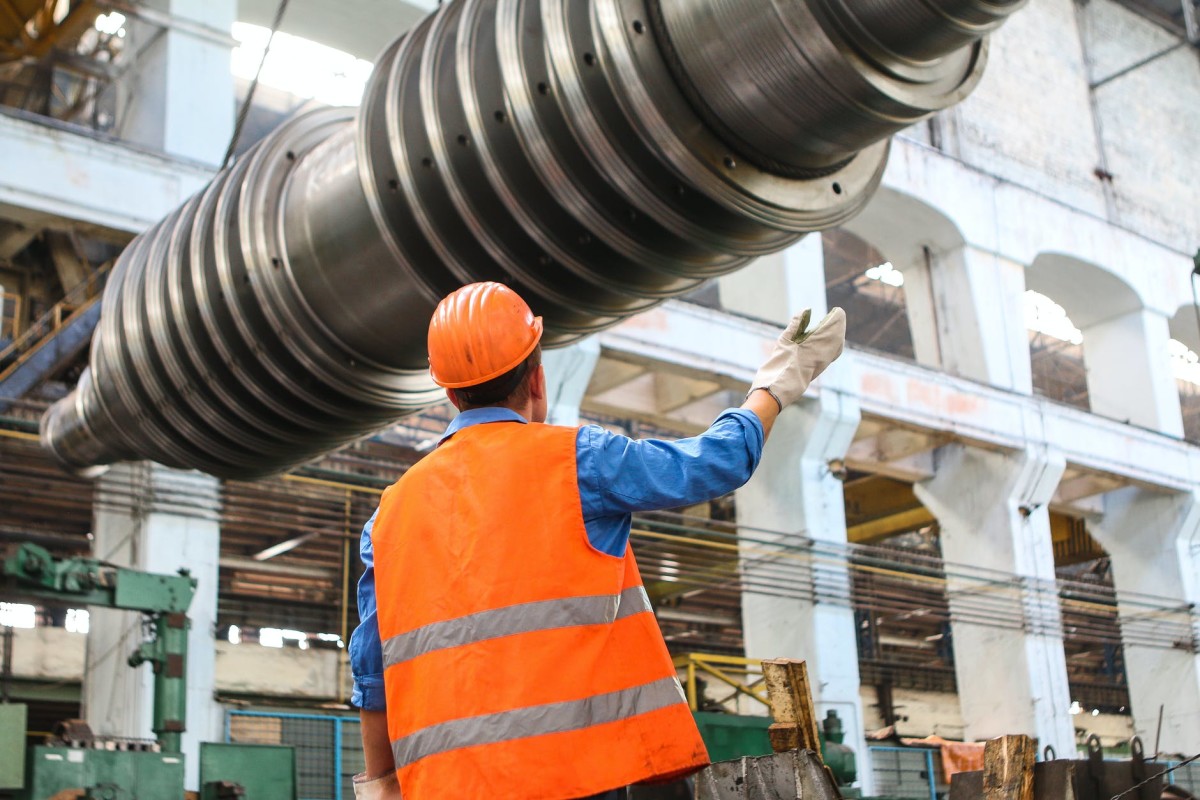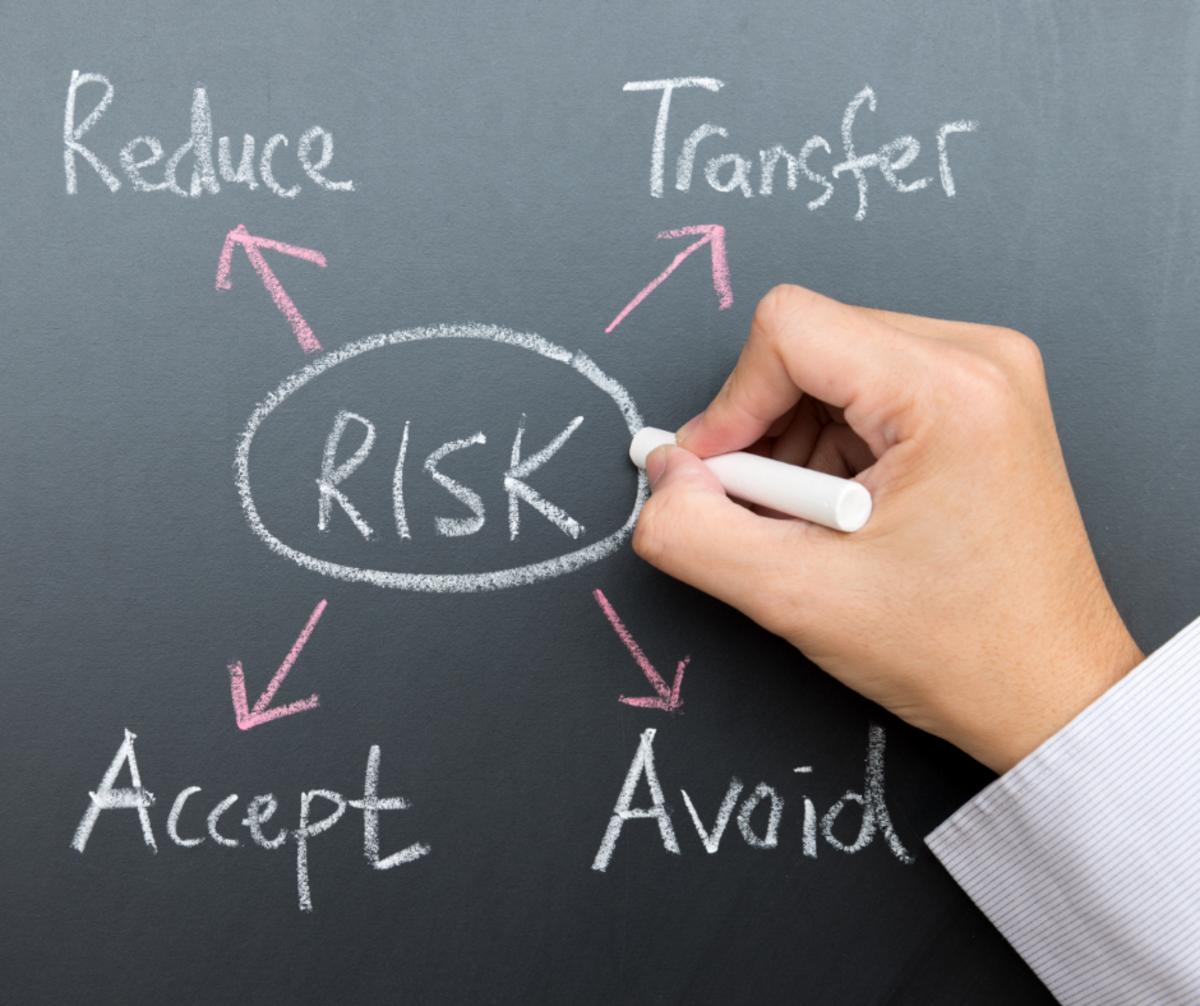Workplace Accident Investigations
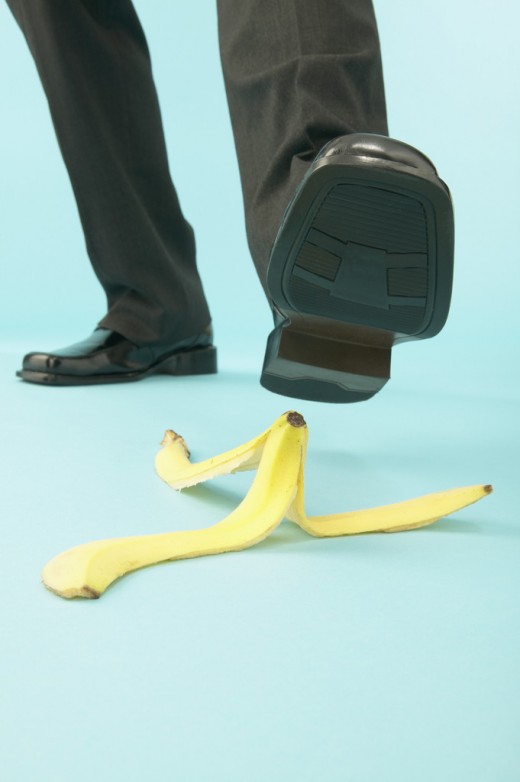
An “accident” is defined as an unplanned, undesired event that results in personal injury or property damage. A “near miss” is an incident that had the potential to cause injury or property damage. In either case, they are a signal that there is a problem in your workplace.
The goal of an accident investigation is to prevent future incidents by identifying the root cause of the accident and using that knowledge to correct the problem. If you can correct the root cause, you can probably stop an accident trend from developing.
CAL/OSHA has a recorded case of a worker who received a minor shock from a power tool he was using. He continued to use the tool without reporting the incident and was fatally electrocuted when the tool’s faulty ground wire became completely disconnected. That death could have been prevented with a simple inspection of the tool to determine the cause of the shock. It is an example of a “near miss” that went unreported and eventually became an accidental fatality.
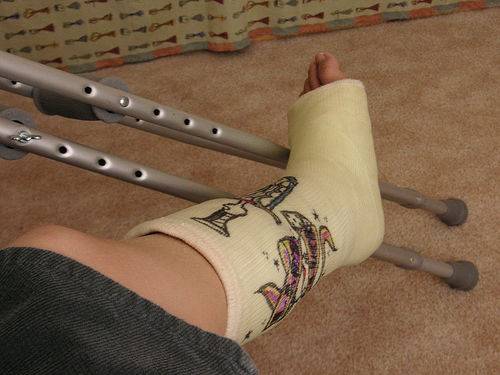
An incident is OSHA recordable if it results in:
- Death
- Days away from work
- Restricted work/transfer to another job
- Medical treatment beyond first aid
- Loss of consciousness
- Significant injury or illness diagnosed by a licensed health care provider even if it does not result in any of the above
Investigate all Incidents
Trends are a series of similar, minor incidents that may indicate a growing problem.
Identifying a trend can help you eliminate potential hazards before they cause a serious accident. Maybe employees have grown complacent about safety. Maybe a new, unrecognized hazard has developed in the workplace; Maybe environmental conditions in the workplace have changed. Maybe equipment needs to be repaired or replaced. By identifying trends early and intervening to correct or eliminate hazards, you can improve employee safety and prevent accidents.
To identify trends you need to investigate all incidents, not just those that caused an injury. What is an incident? An incident is a:
- OSHA recordable accident
- Vehicle accident
- Incident involving equipment damage
- Hazardous material spill
- Fire
- “Near miss” that had the potential to cause injury or property damage
Establish a written policy that all incidents will be investigated.
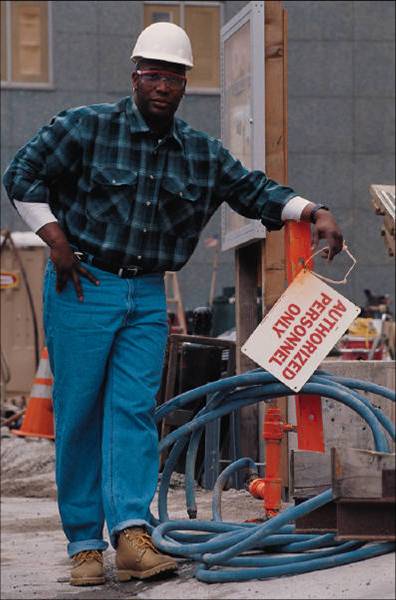
Investigation Procedure
Control access to the scene. People milling around can destroy physical evidence or information necessary for an accurate and complete investigation. They may also get in the way of emergency responders and expose themselves to uncontrolled hazards. Rope off or barricade the area or have someone stand guard. If possible, contain the hazard to prevent further damage or injury.
Identify witnesses and victims. Have them write down their statements, reporting exactly what they saw or heard. This should be done as soon as possible, while the events are still fresh in their minds. Make sure all witnesses or injured persons understand this is a fact finding, not fault finding procedure. People involved in an incident may be injured and in pain, emotionally upset, or unhurt but defensive and uncooperative. They may fear being blamed for something. Be tactful but firm. They need to accurately report what they saw or heard.
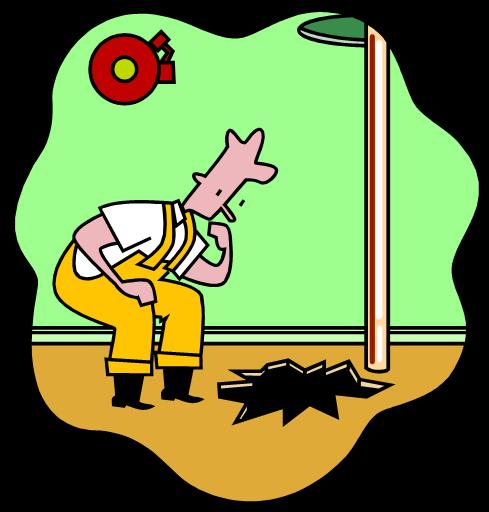
Gather Information
Interview injured persons or witnesses.
A witness can be someone who was close by, even if they did not see the actual accident/incident. Ask them open ended questions, not questions they can answer YES or NO. For example "What did you see?" "What were you doing?" "Who else was present?". Also listen for clues in the conversations around you; unsolicited comments often have merit.
Examine the
scene, the equipment, and the work area for possible
causes of the incident. Review the work procedures that were being used. Review the
training records of the affected employees.
Document the details and findings. Take
photographs or make sketches of the incident scene too.
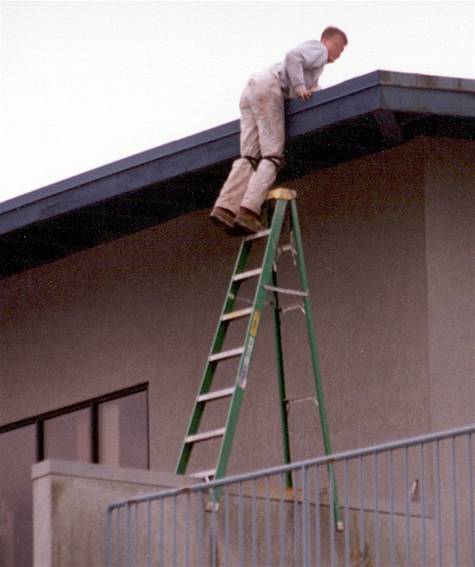
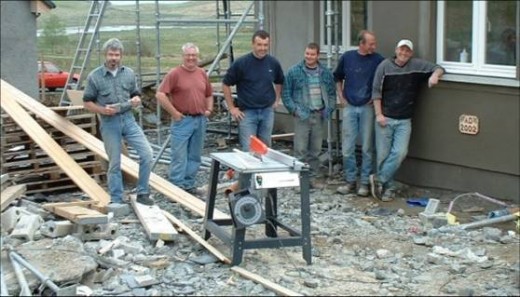
Analyze the Data
Try to determine what caused the incident itself, not just the end result. You want to identify what happened, how it happened, and how it can be prevented in the future. For example, if an employee slipped on a puddle of grease and fell, you need to determine how the grease got on the floor. An accident report that concludes the hazard will be corrected if the grease is wiped up will not prevent future accidents if a leaky forklift continues to drip oil.
Develop theories of possible causes and look for evidence of unsafe conditions or unsafe practices. Confer with others about possible
causes and solicit opinions, especially from affected employees. They are in the best position to know when something is wrong in their work area.
Keep asking the seven "W"s:
- WHAT happened?
- WHEN did it happen?
- WHERE did it happen?
- WHAT caused it to happen?
- WHO was affected?
- WHY did it happen?
- WHAT can be done to prevent re-occurrence?

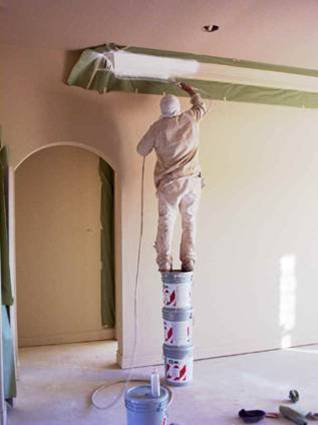
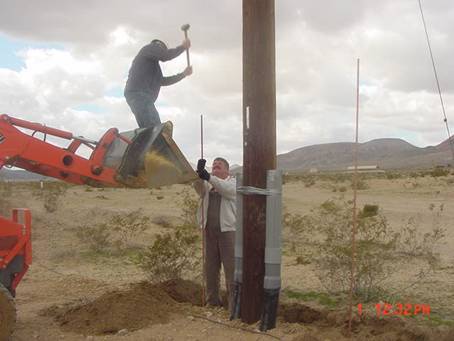
Determine the Root Cause
Behind every incident are primary contributing factors. Your goal is to identify these underlying, "root causes" of incidents and then correct them.
Determine contributing causes to the incident. Were employees following proper procedures? Were maintenance schedules followed? Were work procedures adequate?
Root Cause Analysis Procedure
1. Ask yourself what the employee was doing. Describe the:
- activity
- equipment
- materials
- people involved
- environmental conditions
Be specific:
"Carrying a heavy box while walking downstairs”
"Opening a door while walking and talking to a person in back of him”
“Changing a light bulb in a dark room while standing on a chair”
2. Describe in detail what happened:
- What took place?
- What type of injury?
- Was employee using appropriate safety equipment?
- Was employee following safety procedure?
3. Keep asking WHY the incident happened.
- Why did the employee slip?
- Why was there oil on the floor?
- Why did the forklift leak?
- Why wasn't the forklift maintained?
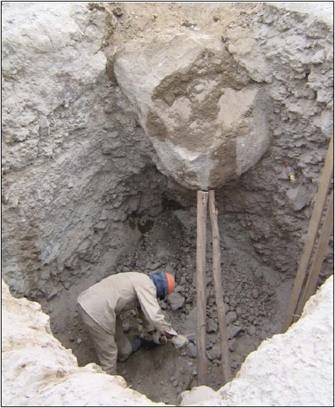
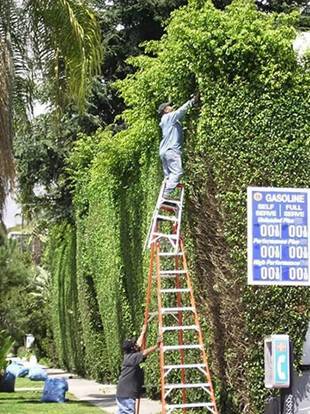
4. Determine what caused the incident.
Be sure to consider the condition of the people and equipment involved. Were the people tired, cold, wet, angry, distracted, ill, new to the job? Was the equipment new, old, in good repair, poorly maintained?
Consider the act that caused the accident. Did the employee consider safety when setting up the work site? Did the employee use equipment incorrectly? Did the employee make a mistake?
Consider the employee’s behavior. Did he/she take a shortcut? Why did the employee take a shortcut?
Consider if tools or equipment malfunctioned and why. Were they poorly maintained? Was the malfunction the result of an inherent defect?
Lastly consider procedures. Was the employee following established procedures? Was there a procedure in place to inspect the work site for hazards before employees began work.
Remember it is possible to have more than one reason or cause for an accident.
Avoid simply blaming the employee! In 80% of accident reports I review, the investigator indicates the accident was the employee’s fault due to inattention, stupidity, ignoring procedures, clumsiness etc. These are not valid answers. WHY was the employee inattentive? Was he overworked? Ill? Being distracted by others? WHY did these conditions exist?
Possible Contributing Factors to Consider
Unsafe work practices
| Unsafe process
| Poor work arrangment
|
|---|---|---|
Time demands
| Wrong tools used
| Improper maintenance
|
Defective equipment
| Employee not trained
| Inadequate training
|
Lack of supervision
| Equipment not available
| Machine not guarded
|
Guards removed
| Poor lighting/ventilation
| Weather conditions
|
Noise/temperature
| Employee not qualified
| Employee not well/distracted
|
Procedures not followed
| Previously unidentified hazard
| Work area not inspected
|
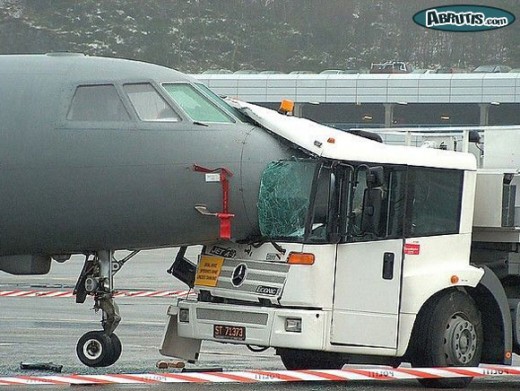
Fix the Problem
Once you have determined the root cause of the incident you must correct the problem to prevent a similar incident.
Don't just fix the "symptom" of the problem - fix the root cause.
Then follow up to make sure conditions are corrected and publicize your corrected actions. Make sure employees who need the information get it. Share the lessons learned.
A “lesson learned” is the knowledge gained through experience or study. It is a reflection on what was done right, what should be done differently, and how an accident can be prevented in the future.
The careful completion of your accident reports will result in a reduction of accidents and injuries!
Resources
- United States OSHA
Safety and Health Topics: Accident Investigation - Workplace Safety Toolkit
Fact sheets for workplace safety - Occupational Safety and Health Administration - OSHA HOME PAGE
Occupational Safety and Health Administration Home Page


